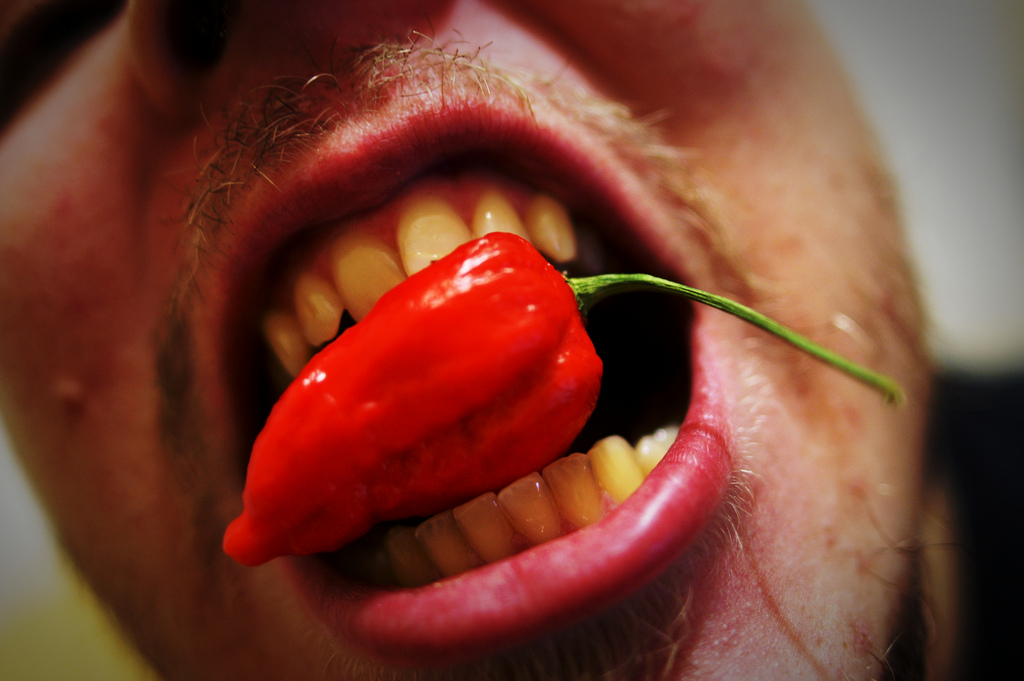Harbers had 24 volunteers rub the cream on their arms and then compared their experiences to those of people with neuralgia. Those with neuralgia experience an aching pain when performing simple tasks, like putting on a jumper; others feel a burning sensation in their upper arms their entire lives. A damaged nerve is the cause of their pain; however, there is little that can be done to treat it at present.
I had a raised pain threshold for almost four weeks
Five to ten per cent of the population will experience neuralgia at some point in their lives. The options for treatment are limited: a patient may be prescribed anti-epileptic medication or anti-depressants, physiotherapy or nerve stimulation by means of electrical impulses. ‘Only half of the patients who use these treatments experience relief from their symptoms’, says Harbers. ‘The others often simply have to live with the neuralgia.’
Ice cold water
But Harbers wants to help those people, which is why he carried out pain test research on healthy people and on those with neuralgia. These tests are necessary to determine the effectiveness of new medications. Harbers pressed a plastic hair or a tiny needle against the test subjects’ skin, or had them put their hands in ice cold water. The participants had to tell Harbers when they felt something and at which point the pressure or temperature became painful.
‘But those with neuralgia had very different results: one felt pain when it was very cold and the other felt pain during the pressure tests. Another felt pain deeper in the tissue but not at skin level’, says Harbers. ‘This makes it very difficult for us to test the effects of new medicine.’
Numb
This is why Harbers developed the chilli pepper cream to stimulate neuralgia in healthy people, so as to ensure that all of his test subjects would have the same symptoms. He happened upon the idea because some people who suffer with neuralgia use a similar cream to overload the damaged nerve and disable it. Harbers had to adjust the dosage of the cream because at a low dosage, participants felt almost no pain, and at a high dosage, their skin became numb. ‘After one of the tests, I had a raised pain threshold on one portion of my skin for almost four weeks’, Harbers says, laughing. ‘In the longterm, that is not something you really want to have.’
If it persists, chronic pain becomes the illness itself
If you rub chilli pepper cream onto your skin, the skin becomes red and the skin surrounding it becomes overly sensitive to stimuli. You feel the same burning, aching pain that those with neuralgia experience. Pretty painful, but endurable: after two hours or so, the pain subsides.
Pain threshold
During those two hours, Harbers pressed plastic hairs and brushes against the skin of participants so that he could see whether the new medications made the contact less painful. ‘It was not so difficult to find volunteers. Many students participated. The majority of people were interested in their own pain threshold’, he says.
Harbers discovered something remarkable. Among people who have neuralgia on one side of their body, the response of the nervous system on the other side also deviated from the norm. That means that it is important to treat neuralgia as quickly as possible. Harbers: ‘Chronic pain affects the function of the whole nervous system. If the pain persists, chronic pain becomes the illness itself.’




